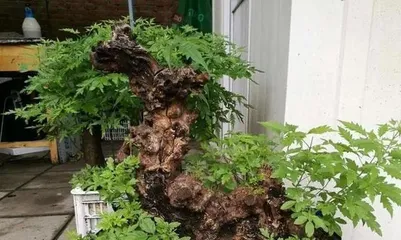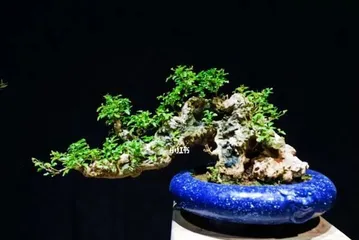Vitex bonsai is a plant with high ornamental value, not only having good decorative effects but also bringing a certain fragrance. In daily care, pruning of Vitex bonsai is a very important task. When is the right time to prune Vitex bonsai? The following will provide a detailed introduction to the timing and techniques for pruning Vitex bonsai.

I. Understanding Vitex Bonsai
Vitex bonsai is native to Europe and is a leguminous plant with evergreen leaves and thorny branches. Its flowering period is from April to June, with bright and beautiful flowers. Vitex bonsai is relatively cold-resistant and prefers a sunny, well-drained, and ventilated environment.
II. Choosing the Pruning Time
The pruning time for Vitex bonsai should be chosen in spring and autumn. Spring pruning can promote the growth of new buds and branching, while autumn pruning can trim excess branches and maintain the shape of the bonsai. After pruning, pay attention to maintaining moisture and avoid exposure to strong sunlight.

III. Preparing Pruning Tools
When pruning, some tools are needed, such as scissors, pruning shears, saws, etc. Choose sharp tools to avoid damaging the branches.
IV. Understanding Pruning Principles
The pruning of Vitex bonsai should follow the following principles: maintain the overall shape of the plant, remove diseased, insect-infested, and withered leaves, thin out leaves in crowded areas, and promote the sprouting and growth of the plant.
V. Top Pruning
Top pruning of Vitex bonsai is to control the height and shape of the bonsai. When pruning, the top can be trimmed to the desired height and shape as needed to make the bonsai more beautiful.

VI. Branch Pruning
Branch pruning of Vitex bonsai is to control the branching and shape of the plant. When pruning, choose unhealthy or overlapping branches to trim to maintain the overall beauty of the plant.
VII. Deadwood Pruning
Deadwood pruning of Vitex bonsai is to maintain the health of the plant. When dead branches are found, they should be pruned immediately to avoid the spread of disease and endanger the plant's health.
VIII. Removal of Diseased, Insect-Infested, and Withered Leaves
The removal of diseased, insect-infested, and withered leaves from Vitex bonsai is to maintain the health of the plant. Regularly removing these leaves can effectively prevent the breeding of pests and diseases and protect the plant's health.
IX. Root Pruning
Root pruning of Vitex bonsai is to control the growth rate and shape of the tree. When pruning, choose unhealthy or overly long roots to trim to maintain the health and beauty of the bonsai.
X. Pruning During the Flowering Period
Vitex bonsai needs appropriate pruning during the flowering period to ensure the quantity and quality of the flowers. When pruning, be careful not to over-prune, as this will affect the flowering period and the quality of the flowers.
XI. Preventing Branch Breakage
Branch breakage is a common problem for Vitex bonsai. When pruning, be careful not to cut off too many branches to avoid affecting the health and beauty of the plant.
XII. Post-Pruning Care
After pruning, Vitex bonsai requires appropriate care, such as maintaining moisture and fertilizing. At the same time, it is also necessary to avoid exposure to strong sunlight and drying winds.
XIII. Beautifying Vitex Bonsai
Through pruning, various beautiful bonsai shapes can be created, such as tree shape, spherical shape, fan shape, etc. Beautifying Vitex bonsai requires choosing the right shape and pruning techniques.
XIV. Pay Attention to Safety
When pruning Vitex bonsai, it is important to pay attention to safety, such as wearing protective equipment like gloves and masks. Avoid injuries caused by carelessness.
XV.
Vitex bonsai is a very beautiful bonsai plant, and pruning is an important task to maintain its health and beauty. Attention is needed in aspects such as choosing the pruning time, using pruning tools, and mastering pruning principles to create a beautiful Vitex bonsai.